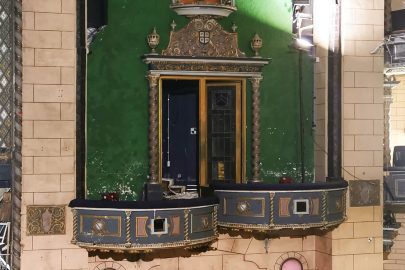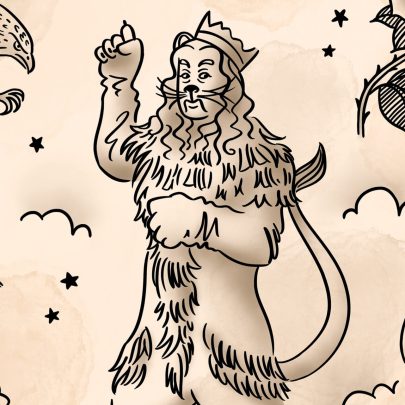Apr 11, 2014 Theatre
Atamira Dance Company
SkyCity Theatre
April 10, 2014
Atamira’s publicity reads “Moko is a performance unlike anything presented by Atamira before…” Well it is and it isn’t, and I note that choreographer Moss Patterson acknowledges in the programme that this is a great journey for the company “so far”. I read that there is more to come and this is also how I felt about the 50 minutes.
What’s new? Shining brightly, the powerful alchemy of a set of language-laden signs (Robin Rawstorne), protean lighting (Jeremy Fern) and AV (Dan Mace), and some slinky haute couture costumes (WORLD).
The gripping first half of the show where I am swept away with pulsating movement in solos, group ritualistic unisons that build into a strident, born again haka, wiri breathing life force into the narrative and into the dancers. Meanwhile as the kaleidoscopic ropes and fabric are manipulated into multiple shapes and dimensions we see kakahu, life force, ties that bind, comfort blankets amongst many other images. Sometimes it also breathes through and with the movement, conceptualising key Maori values such as passing on of knowledge and the fluctuations of leadership as found in tukana and teina. Other times it challenges both the dancers as they rearrange it and the flow-on structure of the dance.
There are memorable, captivating moments when the set and the movement work as one – imagine a dancer caught mid air by the set and you have a motivation to go and see this work. Amongst numerous solos, duets, small and large groups there are standouts. A duet in which the dancers are literally bound through bloodlines of a fabric, developed into a playful whole body Cat’s Cradle. Likewise, when the projections fuse with the minimal movement of a soloist to make flesh of shape shifting skeletal kirituhi (body art). Projections in te reo evoke language growth from roots beneath the earth into a web of multiple semiotic significances. Moko delivers some cutting edge three-dimensional collaborations as promised.
What’s familiar? The dancers’ power, quality and sheer beauty could carry choreography of variable mana. Nevertheless, in the closing sections even these acrobats of the gods began to lack lustre.
The second half becomes far more predictable in its movement and not so new as it promises. The sound design (Peter Hobbs) finishes up as a hotch potch of dance-unfriendly drudgery that bludgeons what started out as a fascinating multi-dimensional experience. Patterson’s mature and experimental work returns to a more recognisable signature, and less innovative movement range.
When the transitions work they are velveteen but many of them don’t work and the unnecessary half-hearted applause detracts from the work’s true potential. Running off as a transition, for instance, brings to mind Douglas Wright’s choreographically infused astute observation about contemporary dance: “Too much running!” Clunky transitions also defuse what is intended to be the build and pacing that leads to the final section.
This is, by appearances, a mainly Eurocentric contemporary dance vocabulary – some less predictable than others. Tinges of Maori whakapapa in movement and thematic terms are the strength of this production. Yes there is Mauri Ora but only glimpses and I wished for far more. I feel that there could well be far more as the creative journey continues.
To April 13.
Photo of choreographer Moss Patterson with Atamira dancers: Jessie Casson.





